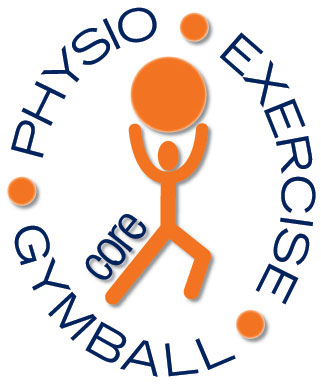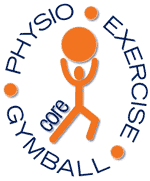Core stability is the foundation of a well-functioning body, enabling you to move with control and precision. It refers to the strength and coordination of the muscles in your torso, including your abdominals, pelvic floor, and the muscles along your spine. Without sufficient core stability, your body compensates by overusing other muscles, which can lead to strain and injury.
For women, maintaining core strength is especially important, as age-related changes, pregnancy and childbirth can place extra stress on this system. A stable core helps prevent injuries, improves posture, reduces incontinence, and enhances balance.
According to a 2018 study in the Journal of Physical Therapy Science, core stability training significantly reduces lower back pain and improves functional movement in older adults. By focusing on exercises that engage your core muscles, you can reduce the risk of developing chronic back pain—a common issue as we age.
But what about the “Floor of my Core”? How do I find that?
It can be tricky! The pelvic floor forms the base of your core muscles and supports both bladder and bowel control. A helpful cue to find these muscles is to imagine squeezing as if you’re holding in wind. And yes, both men and women have pelvic floors! Another way to engage your pelvic floor is to try slowing or stopping the flow of urine mid-stream. If you’re unsure, a women’s health physiotherapist, like those at Secret Women’s Business, can provide invaluable guidance. Research shows that keeping your pelvic floor strong not only supports activation of the deeper abdominal muscles but also helps reduce incontinence as we age.
Key Takeaways:
- Don’t forget the pelvic floor—the base of your core! It’s not just about the abdominals.
- Engage your pelvic floor (and core) during daily movements like coughing, sneezing, or lifting.
- Focus on exercises that strengthen the entire core, including the abdominals, pelvic floor, and muscles along your spine.
- Research supports the positive impact of core stability on reducing lower back pain and improving functional movement.


